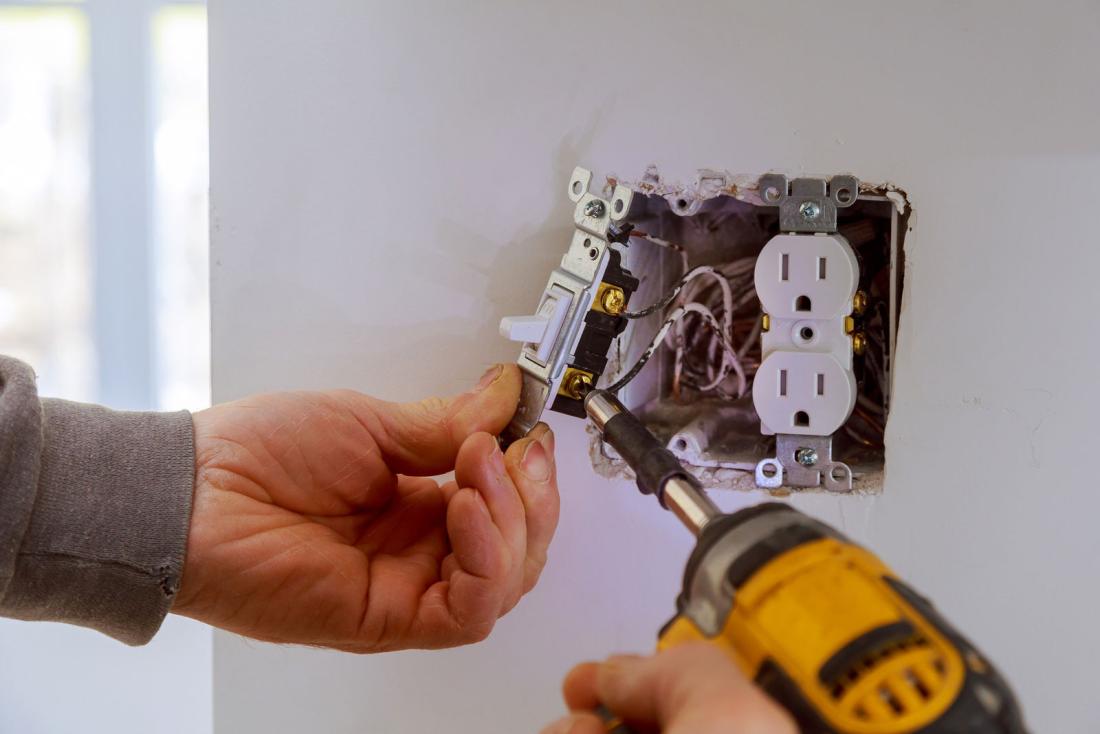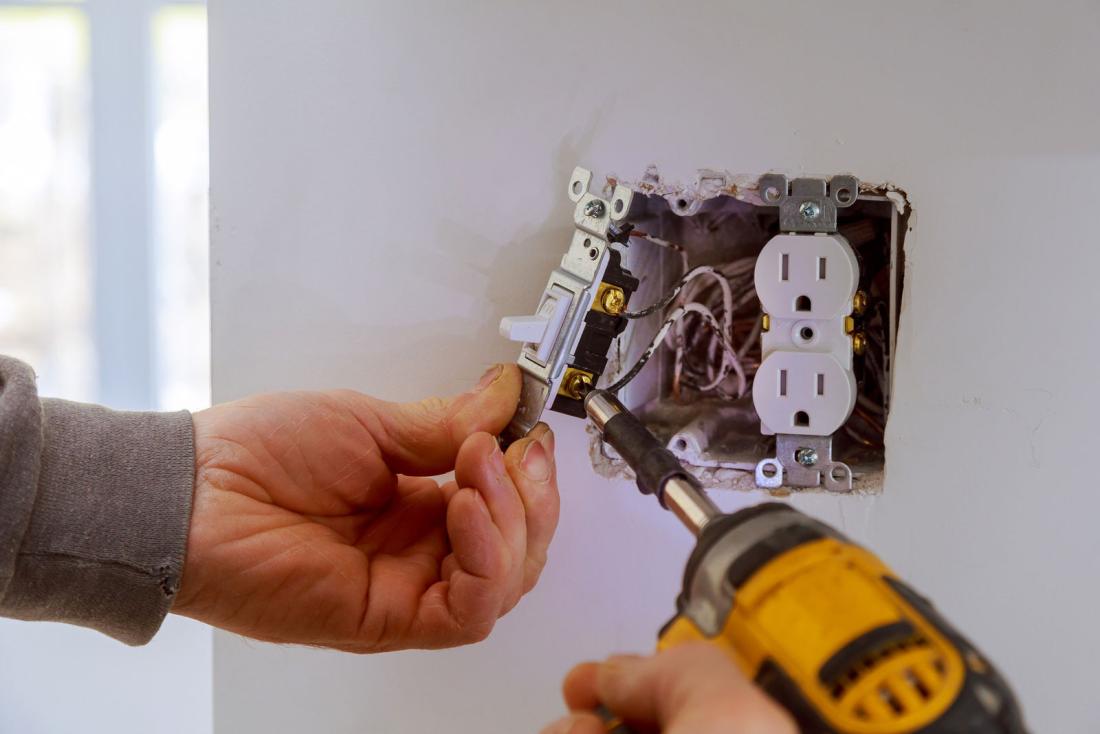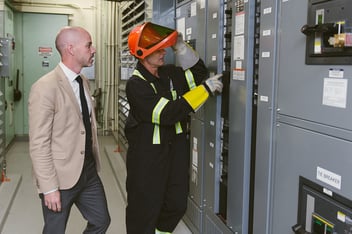If you’re thinking about trying your hand at your own home updates, make sure you do your research. While DIY home renovations seem like a breeze with detailed tutorials from YouTube and Pinterest, they can come with unexpected costs. Do your homework before your home work and make sure you know the potential risks before you get started:
6 hidden costs of DIY home renovation
1. Insurance May Not Cover Damages
Perhaps one of the most overlooked hidden costs of unpermitted renovation work is the impact it can have on your homeowner’s insurance. In the event of a flood or fire, insurance companies may only partially cover damages that are the result of unqualified or unpermitted work, if at all.
In other cases, your insurance company may even request compensation, or “back sue,” for damages caused by work done by the homeowner without a permit or safety inspection.
Ensure you know what your insurance will cover in the event that your DIY project goes wrong.
2. Improper Equipment Can Put Your Safety at Risk
If you’re an inexperienced DIYer, you may not be aware of the complexities and hazards associated with renovating electrical and gas installations, including the potential hazards of installing a new system while following codes and standards. Having a permit gives you assurance from a safety officer with significant technical and industry expertise to ensure that the installation or renovation is safe.
In addition to a permit, make sure you have the right equipment to protect yourself from hazards. Depending on your project, you may need a hardhat, safety goggles, or gloves.
3. Increased Potential for Safety Hazards
If you’re attempting a complex home renovation project, new challenges may pop up later than you expect. Even if you successfully install a new gas or electrical system yourself, faulty work can greatly increase the risk of a serious incident or injury occurring in your home even long after the job is done.

4. Cost of Repairs
YouTube DIY tutorials rarely show things going wrong, but it does happen. What the videos don’t show is the cost of repairs if you’re not able to complete the project correctly.
If you attempt to perform gas or electrical work yourself and it’s not working as intended, you’re likely going to need to hire a professional to re-do the job.
5. Reselling Your Home
Making improvements to your home, like replacing gas appliances or upgrading wiring, can be a cost-effective way to add value when it’s time to sell — as long as those renovations are made with the required permit. Selling a house with unpermitted work could affect its resale value, marketability, and a buyer’s ability to finance their purchase. Even if the unpermitted work was done beforehand, not disclosing it to buyers could mean possible legal trouble if they discover it after the fact.
6. Getting Your Home Up to Code
If you have an older home, it’s likely that someone in the past has used a shortcut or two in their own DIY renovations. These unpermitted workarounds may not necessarily be a safety concern, but they could require changes to get them up to code again. If you’re following a tutorial without knowing about these past DIY jobs, they could easily go unnoticed and cost you more in the long run.
A certified contractor will be able to spot these types of “fixes” immediately and can make recommendations and estimates on the most headache-free and cost-effective way to get your home up to code.
Do Your Homework Before Doing Your Home Work
If you’re worried about your dream renovation during into a nightmare, make sure you consult a professional. Use this quick and easy tool to find a licensed contractor in your area.
Still keen to get started on your DIY project? Before you begin, find out if you need a permit and protect yourself from potential hidden costs like the ones above. Happy renovating!




